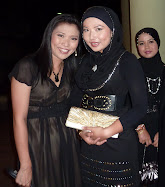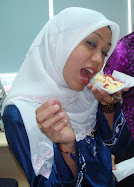From The Malaysia Star online:
Grocery Shop Owner Brushes Off Claims of Sorcery
By R.S.N. MURALI
KEMAMAN: The owner of a house in which a starving burglar claimed he was trapped has brushed off any claims of sorcery.
Grocery shop owner Che Ibrahim Che Abdullah instead believes it was punishment from the Almighty for the burglar who claimed he was mysteriously trapped in the shop for three days.
The 57-year-old Che Ibrahim said he was a constant victim of burglaries whenever he and his wife returned to their village in Selising, Kelantan.
“This time, I asked for divine intervention as I could no longer tolerate it,” he said when met here.
He said he had recited some prayers before leaving for Kelantan with his 52-year-old wife to celebrate Hari Raya Aidiladha.
Last Friday, Che Ibrahim returned to his shop and found the 36-year-old man lying in a room, starving and dehydrated.
The man, who begged for forgiveness, claimed he had broken into the house-turned-grocery shop three days earlier.
Upon entering the shop, the man claimed he was immediately blinded and the place felt like a cave.
“Each time I wanted to flee, I felt a ‘supernatural figure’ shoving me to the ground,” he told police during interrogation later.
He added he had no choice but to stay put in the room for three days as his shouts for help were in vain.
Meanwhile, Kemaman Deputy police chief Supt Abdul Marlik Hakim Johar said the burglar had been warded at the Kemaman Hospital for the last four days.
It is learnt that the burglar was still traumatised after the incident.
Time to move on
5 years ago









